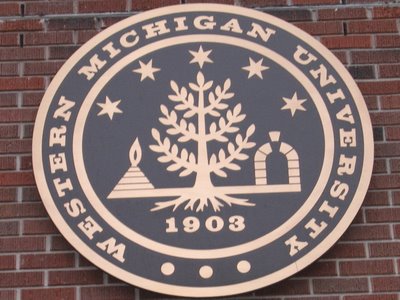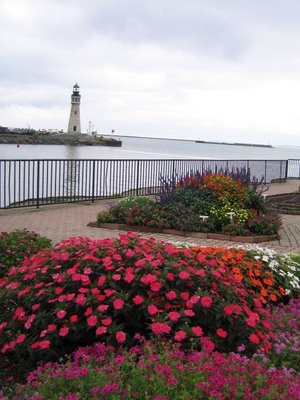
Rising energy and construction costs - due in part to the emergence of China and India - likely will have a dramatic effect on the American lifestyle, making typical suburban development and transportation patterns increasingly expensive, ineffective, and unsustainable.
This creates an opportunity for vibrant central cities to maximize the use of existing infrastructure (housing, roads, transit) and offer an advantageous lifestyle that appeals to Baby Boomers, Gen Xers, and Millenials, according to the recent
economic analysis prepared for the City of Denver.
The analysis identified four lifestyle trends that translate into challenges and opportunities for central cities:
Traffic congestion. It cost Americans more than $63 billion and 47 hours of average annual delay, according to the report. Not surprisingly, many of the cities investing in mass rapid transit are not only experiencing dramatic increases in ridership. Portland, San Francisco, Denver, Seattle, Chicago represent some of the most competitive and attractice places in the nation and world.
Wellness and recreation. As the cost of health care rises, Americans are living longer and seeking more opportunities to lead a healthy lifestyle by walking, biking, and other daily exercise. Studies show a connection between urban living and health, with residents in suburban communities experiencing higher rates of obesity due, in part, to a sedentary lifestyle.
Tourism. It's the world's largest employer, according to the report, and the industry is projected to continue growing. Vibrant downtowns can capitalize on the trend with unique cultural experiences, modern convention centers, and becoming attractive destinations for people to visit and spend money.
Debt. It's a growing burden for Americans, who increasingly live pay check to pay check and remain vulnerable to fluctuations in interest rates, inflation, and a lack of savings. This trend threatens to dilute the economic influence of the nation in a way that slows growth and the pursuit of prosperity.






